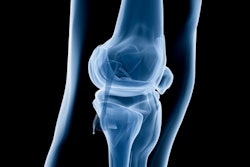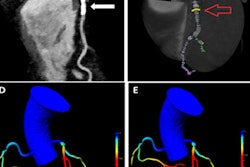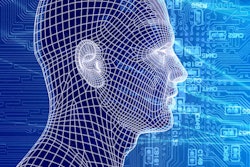
With help from machine learning, a natural language processing (NLP) algorithm can automatically extract and characterize findings in radiology reports, potentially helping clinicians to better understand and quickly ascertain important results, according to research published online in the Journal of Digital Imaging.
A multi-institutional team led by Saeed Hassanpour, PhD, of Dartmouth College developed an NLP model that can recognize the underlying semantics of narratives in radiology reports. In testing on reports from four different institutions, the algorithm performed well for highlighting important changes and identifying significant observations.
"Our method can facilitate automated identification of patients for clinical trials, accelerate disease surveillance, and enable real-time clinical decision support and content-based image retrieval systems," the authors wrote.
Information overload
Clinicians often have a large number of documents to review, but limited time to review them. What's more, radiology reports are typically still provided in unstructured text form, and they can be cumbersome to review and comprehend. As a result, Hassanpour and colleagues set out to develop a natural language processing system that could distill the clinical findings in a radiology report, such as important new observations and significant changes from previous observations (JDI, January 3, 2017).
The group used machine learning and rule-based methods to focus on identifying change and significance, the two major aspects of clinical findings in radiology reports, according to the authors. In less than a fraction of a second, the automated system provides an easy-to-read summarization text that covers clinical findings and their level of change and significance.
In testing on chest CT reports aggregated from the Mayo Clinic, MD Anderson Cancer Center, the Medical College of Wisconsin, and Stanford University, the method was extremely effective for highlighting important changes in the reports. The researchers measured its effectiveness by determining how close the algorithm came to the total number of manual annotations provided by a radiologist, rendered as a percent:
- Accuracy (correctly predicted observations): 99.2%
- Precision (correct positive observations): 96.3%
- Recall (true-positive rate): 93.5%
It also performed well in identifying significant observations:
- Accuracy (correctly predicted observations): 75.8%
- Precision (correct positive observations): 75.2%
- Recall (true-positive rate): 75.7%
"Our results show that the presented approach can characterize key radiological synopses in radiology reports with high accuracy," they wrote. "We also demonstrated the generalizability of our radiology report characterization approach to different healthcare organizations by training and testing our method on data from different organizations."
Applications
Potential applications of the algorithm could include assisting healthcare providers at the point of care as part of an online clinical decision-support system, according to the authors.
"The resulting characterizations [of key clinical findings] can be combined with other information from electronic health records for review prioritization, disease surveillance, and content-based image retrieval," they wrote. "Given the performance of our method on multiorganizational radiology reports, our characterization method can provide an infrastructure to develop and improve various data-driven biomedical information systems that deal with information overload."
In future work, the researchers plan to expand their training and test datasets, as well as enrich the NLP features to improve the robustness of the method. Their techniques are also applicable to other imaging modalities.
"We plan to extend and apply this method beyond the chest CT modality to other types of radiology reports and clinical notes in both structured and unstructured format," they wrote.
They also hope to extend their method to include multiple radiology reports for each patient in order to capture a patient's entire imaging history. Other plans include considering additional aspects of imaging results, such as the urgency of clinical findings.




















